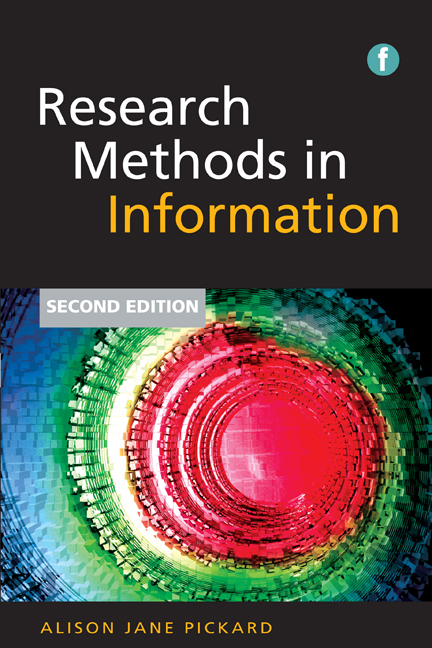Book contents
- Frontmatter
- Contents
- Preface to the second edition
- Acknowledgements
- Introduction
- Part 1 Starting the research process
- Part 2 Research methods
- Part 3 Data collection techniques
- 17 Interviews
- 18 Questionnaires
- 19 Observation
- 20 Diaries
- 21 Focus groups
- 22 Analysis of existing, externally created material
- Part 4 Data analysis and research presentation
- Part 5 Glossary and references
- Index
22 - Analysis of existing, externally created material
from Part 3 - Data collection techniques
Published online by Cambridge University Press: 08 June 2018
- Frontmatter
- Contents
- Preface to the second edition
- Acknowledgements
- Introduction
- Part 1 Starting the research process
- Part 2 Research methods
- Part 3 Data collection techniques
- 17 Interviews
- 18 Questionnaires
- 19 Observation
- 20 Diaries
- 21 Focus groups
- 22 Analysis of existing, externally created material
- Part 4 Data analysis and research presentation
- Part 5 Glossary and references
- Index
Summary
Introduction
This chapter forms something of the ‘odd man out’ within Part 3. Whereas the others address methods by which the researcher can elicit fresh data, this chapter deals with the use of material already in existence and which was not created by or for the investigator. Thus it is not concerned with either exploiting, for new purposes, data that have been gathered in the past by researchers for their own previous studies or subjecting to scrutiny content within an individual's existing research outputs. The chapter is not devoted, either, to the processes associated with writing either traditional literature reviews or systematic reviews. Urquhart (2010) explains that the latter offer ‘transparent accounts of the searching process, the decisions about what should be included and excluded in the review, with clear criteria for quality assessment of the research studies discussed’. The existing, externally created material that is considered in this chapter may well not relate to research projects at all; it may not be evaluated with a view to its meeting such rigorous specifications and, most fundamentally, the individual drawing on the material may have no intention of surveying the current state of knowledge as it is apparent from the available literature.
Some comparisons can be made between the subject of the chapter and historical research, which formed one of the methods covered in Part 2. Nevertheless, there are important differences, too. It was explained previously how historical research typically leads to qualitative work and is motivated by the aim of reconstructing the past. This chapter, however, deals with a form of inquiry which, very often, meets neither of these criteria.
The different supporting roles of documents
There is a tendency to assume in much LIS research that, where data from documentary sources are employed, they are most likely to be used only in a supporting capacity, either to provide background insights or as one research method applied in concert with several others that figure more prominently.
- Type
- Chapter
- Information
- Research Methods in Information , pp. 251 - 262Publisher: FacetPrint publication year: 2013



